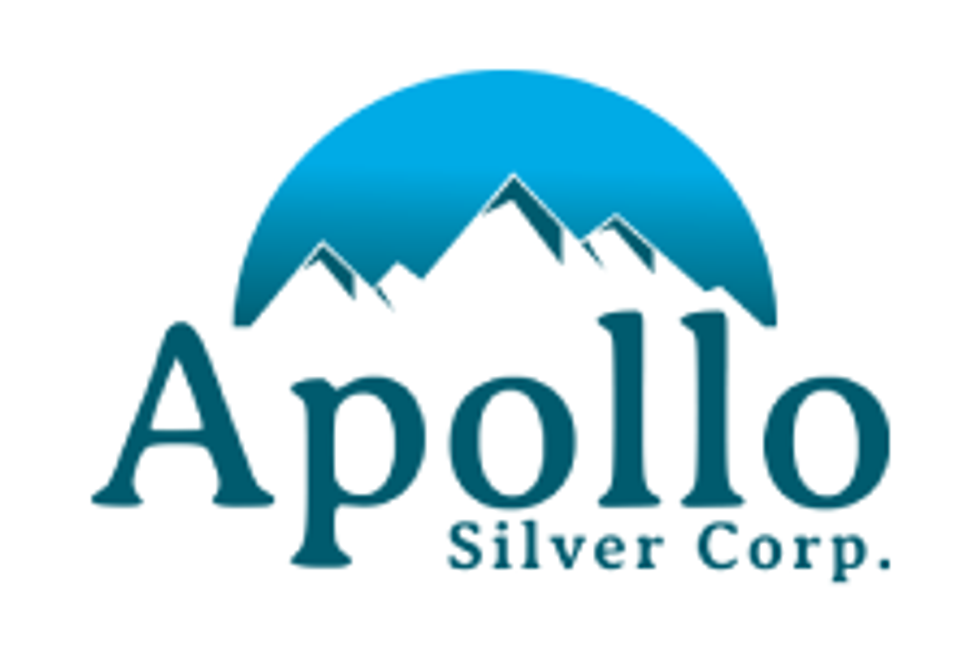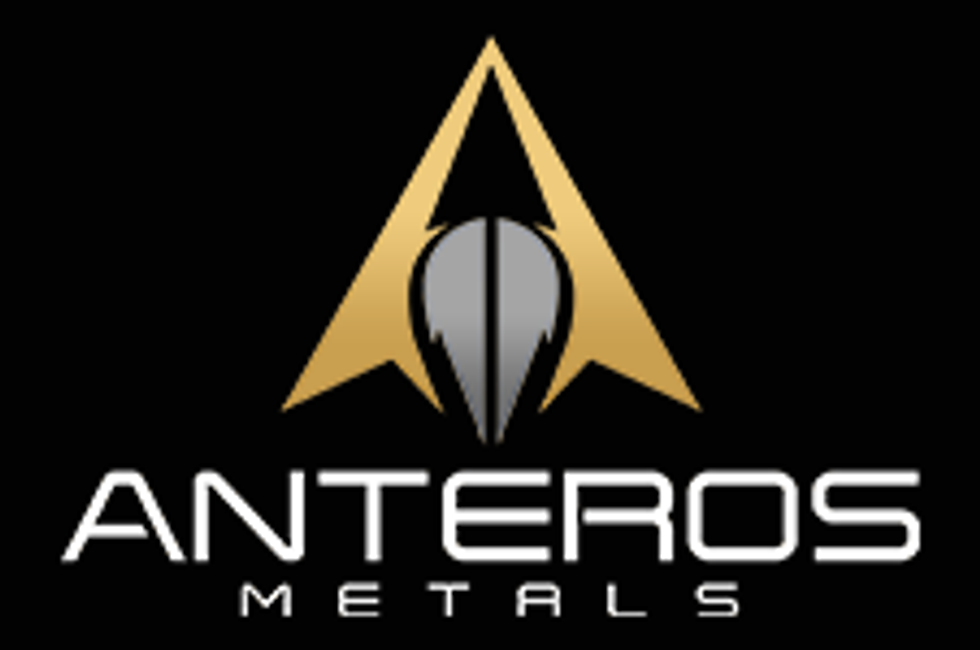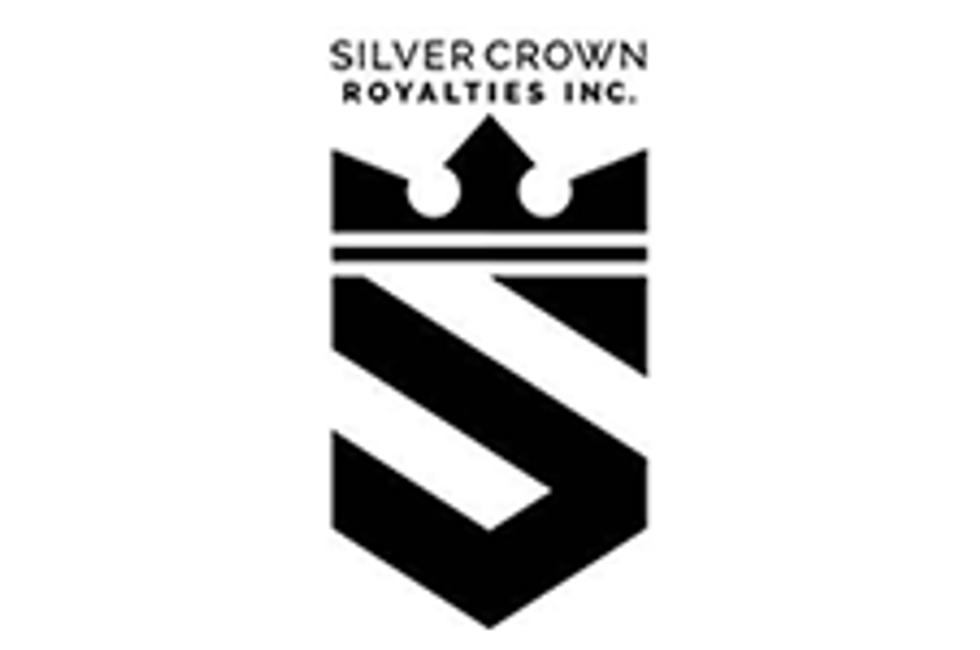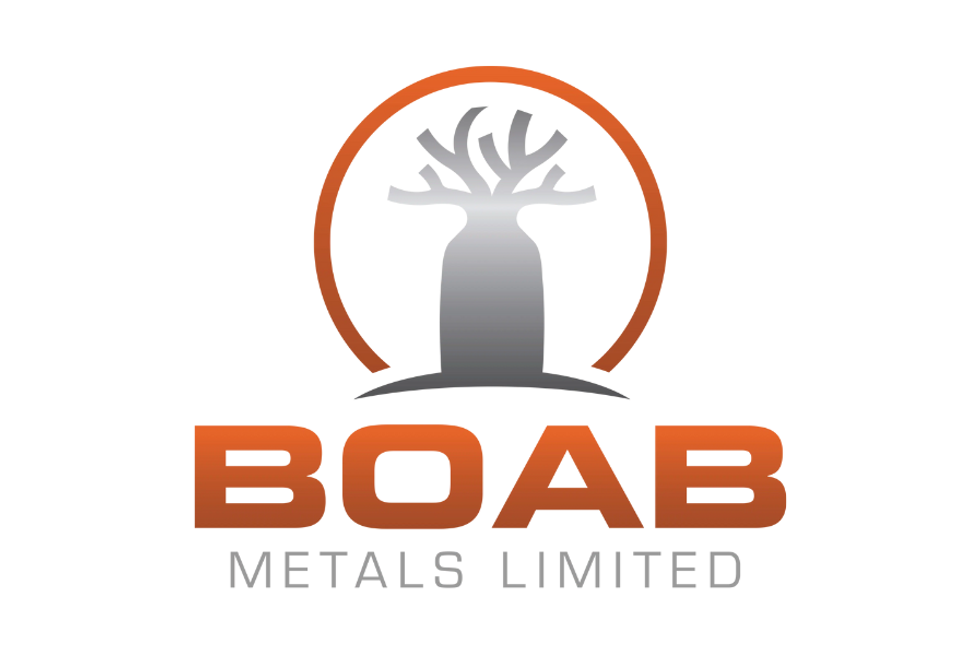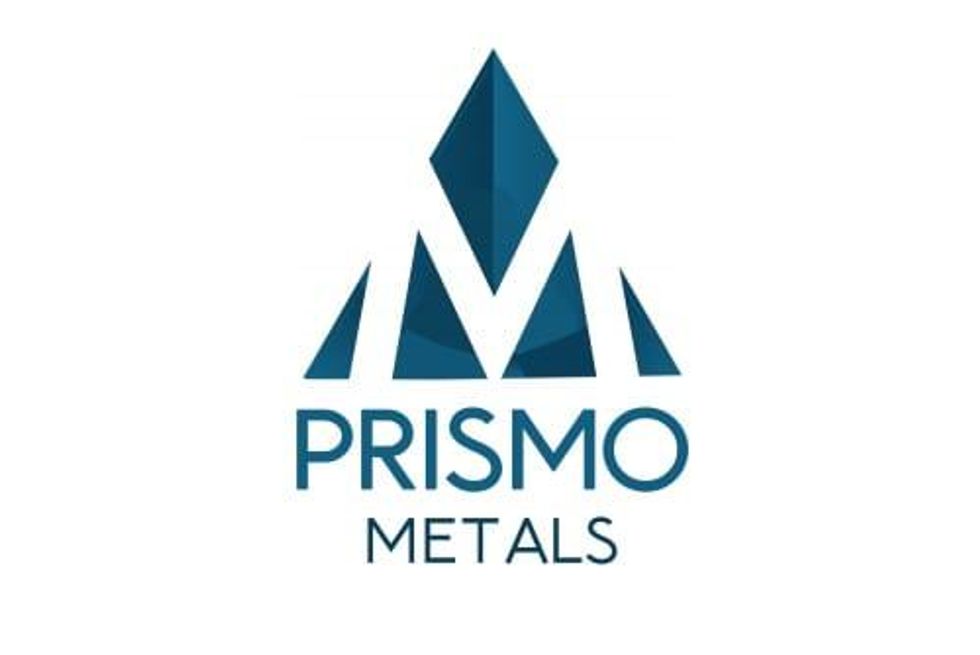Arizona Silver Exploration Inc. Assays up to 877 Grams Per Tonne Silver at Ramsey Project, LA Paz County, Arizona

Arizona Silver Exploration Inc. has obtained up to 877 grams per tonne (g/t) silver in assay results from rock sampling along the Creosote vein at the Ramsey silver project, located in La Paz county, Arizona. Creosote vein target Rock sampling of the Creosote vein and mapping and sampling of its strike extension have returned values …
Arizona Silver Exploration Inc. has obtained up to 877 grams per tonne (g/t) silver in assay results from rock sampling along the Creosote vein at the Ramsey silver project, located in La Paz county, Arizona.
Creosote vein target
Rock sampling of the Creosote vein and mapping and sampling of its strike extension have returned values up to 877 g/t silver. The highest value is from a composite sample of vein material from the mine dump below the abandoned Creosote shaft. It is believed to be representative of what was mined from the vein. The assay results from this sample are in line with historical sampling on the vein from the bottom of the shaft, referenced below, further supporting that it appears to be a representative sample.
Elevated silver values of 43 and 44 gpt Ag occur in two other samples from un-prospected outcrops of the vein which continues for over 150 metres of strike length to the south of the shaft. A total of 8 samples were taken across the vein along the full strike length of the vein exposure, ranging from 15 centimetres to 1 metre in width, which is characteristic of the vein where exposed at the collar of the Creosote shaft. Samples with elevated silver values also contained elevated values of lead (up to 0.31% Pb) and zinc (up to 0.97% Zn). Lead and zinc were elevated in the two samples of un-prospected vein material that contained +40 gpt Ag (600 ppm for both lead and zinc). The other samples contained less than 1 gpt Ag and less than 100 ppm led and zinc. The Creosote Vein is a steeply dipping vein located about 300 meters ESE of the surface expression of the Ramsey Vein.
HISTORY OF THE CREOSOTE VEIN
The Creosote Vein was the target of limited underground development in the 1920s-1930s. A vertical shaft was developed to a depth of 48 meters, with short stations or levels developed at six intervals down the length of the shaft. The old workings are no longer accessible. An old stope is reported to be 12 metres long by 21 metres high to the north of the bottom of the shaft. The vein is about 0.6 metres wide at the collar of the shaft, and is reported to range up to 1.5 metres wide down the extent of the shaft. An historic report indicates that development ceased because the Creosote Vein was lower in grade and narrower than nearby the Ramsey Vein.
Limited sampling of the underground workings in the 1960s indicated the grade along the vein increased with depth, where samples at the bottom of the shaft returned values of 339 gpt Ag across 0.9 metres and 1129 gpt Ag across 0.5 metres. These are historic values that have not been verified by the Company. The Creosote vein and its immediate environs have never been drilled. The northern strike extension of the vein is covered by alluvium. VLF-EM surveying by the Company clearly detects the vein and a strong anomalous response continues to the north from the area of the shaft, indicating the possible extension of the vein to the north under cover. The Creosote Vein remains a viable exploration target for high-grade silver as encountered historically along the Ramsey Vein. The intersection of the shallower dipping Ramsey Vein and the steeper dipping Creosote Vein represents a very attractive future drill target. The intersection of these two veins would lie about 400-500 metres below the surface. We are very encouraged with these high-grade results and look forward to the upcoming drill campaign scheduled to commence May 1. We will be drilling the northern geophysical anomaly that is 20 times larger than the anomaly over the Ramsey mine location.
QA/QC Program
Samples were delivered to ALS Minerals sample preparation facility in Tucson, Arizona under strict chain of custody, where they were crushed, split, and pulverized in accordance with a standard industry protocol. Representative pulps were shipped by ALS to the ALS Minerals analytical laboratory in Vancouver, BC for 33-element ICP-AES analyses followed by repeat ICP-AES analyses at higher detection levels for samples returning results over 100 gpt Ag.
Greg Hahn, President and CEO and a Certified Professional Geologist (#7122) is the Qualified Person under NI43-101 responsible for preparing and reviewing the geological data contained in this press release.
We seek Safe Harbor.
© 2017 Canjex Publishing Ltd.
This email was sent to you at clientpr@

